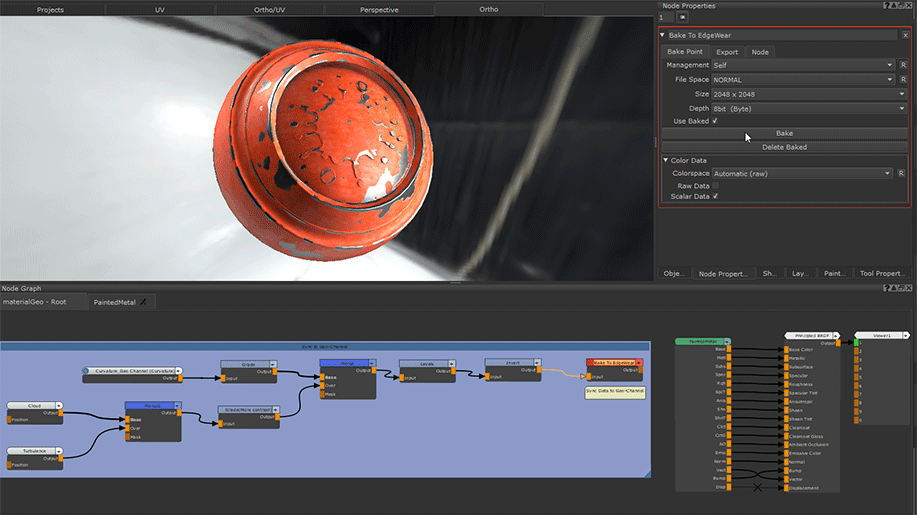

Staying true to MARI’s roots this major release is focused on enhancing the painting experience for 3D artists.
#THE FOUNDRY MARI 2 SOFTWARE#
Leading visual effects and computer graphics software developer, The Foundry has launched MARI 2.0, a revolutionary version of its 3D digital paint tool that introduces a brand new, artist-focused layer system.
#THE FOUNDRY MARI 2 WINDOWS#
Mari 2.0 is shipping now for Windows and Linux, price $1,995. As Mari product manager Jack Greasley revealed, when the software was first in development at Weta: “The very first request that was logged for Mari, around seven years ago, was a super-advanced layer system with all of this cool stuff.”
#THE FOUNDRY MARI 2 FULL#
The new layer system brings the software full circle. He also commented that he expected to have to round-trip projects to Photoshop or Nuke less with version 2.0 of Mari, largely thanks to the scope for more refined grading that the new layer system offers. It’s like a labyrinth mask groups and adjustment stacks,” but that “the immediacy of creating layers and stacking them up … is a lot more efficient than having to create shader modules”.

“Having to bake them down then plug the results into another shader was quite time-consuming.”īohri revealed that on first using Mari 2.0, he found the new functionality “almost overwhelming.

“One of the things I always found frustrating with working with Mari 1.5 was baking out intermediate shaders,” he said. There are also a range of procedural effects, and options for controlling their appearance.Īt the Mari 2.0 launch event, Framestore’s head of texturing for film, Michael Bohri, discussed his workflow when texturing the cyclops on Wrath of the Titans, and how it would have differed if he had been using version 2.0. Layers can be displayed selectively via icons in the UI (for example, enabling users to toggle between viewing only where they are painting a mask and the effect of the full layer stack) and there are options to search for layers by tags or keywords in large multi-layer projects.

Layers can also be dragged and dropped between stacks, retaining a bidirectional linkage, so that, for example, any changes made to an adjustment layer for the diffuse texture automatically updates the same layer for the bump, or vice versa. Most obvious of these is the flexibility with which mask and adjustment layers can be used: each can be applied to layer stacks, or to individual layers, or to one another – a process that can then be iterated. “When we went out and spoke to people about a layers-based paint system, there were holes in workflow we thought we could improve on,” commented Matt Brealey, product designer at The Foundry. The new functionality should be immediately familiar to anyone who has used Photoshop, with options to create masks, adjustment layers and set blending modes – but there are a few nice twists that tailor it to a dedicated texture-painting workflow. The Foundry has released Mari 2.0, adding a brand-new layer system to the 3D paint package.


 0 kommentar(er)
0 kommentar(er)
